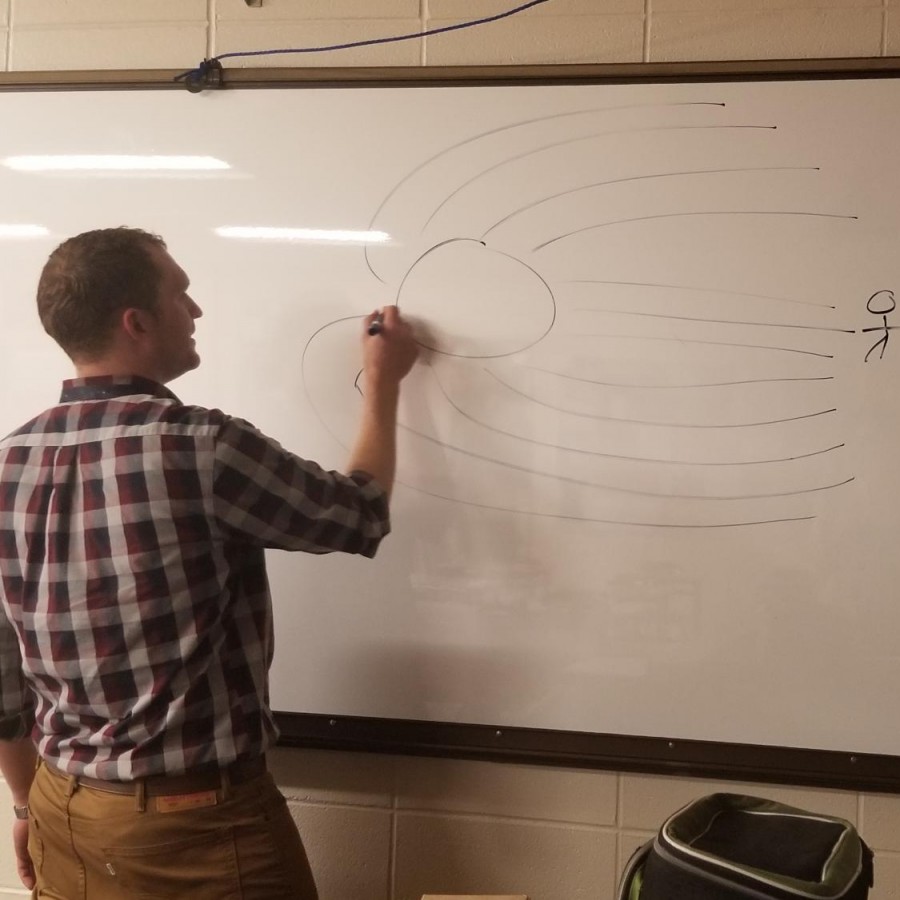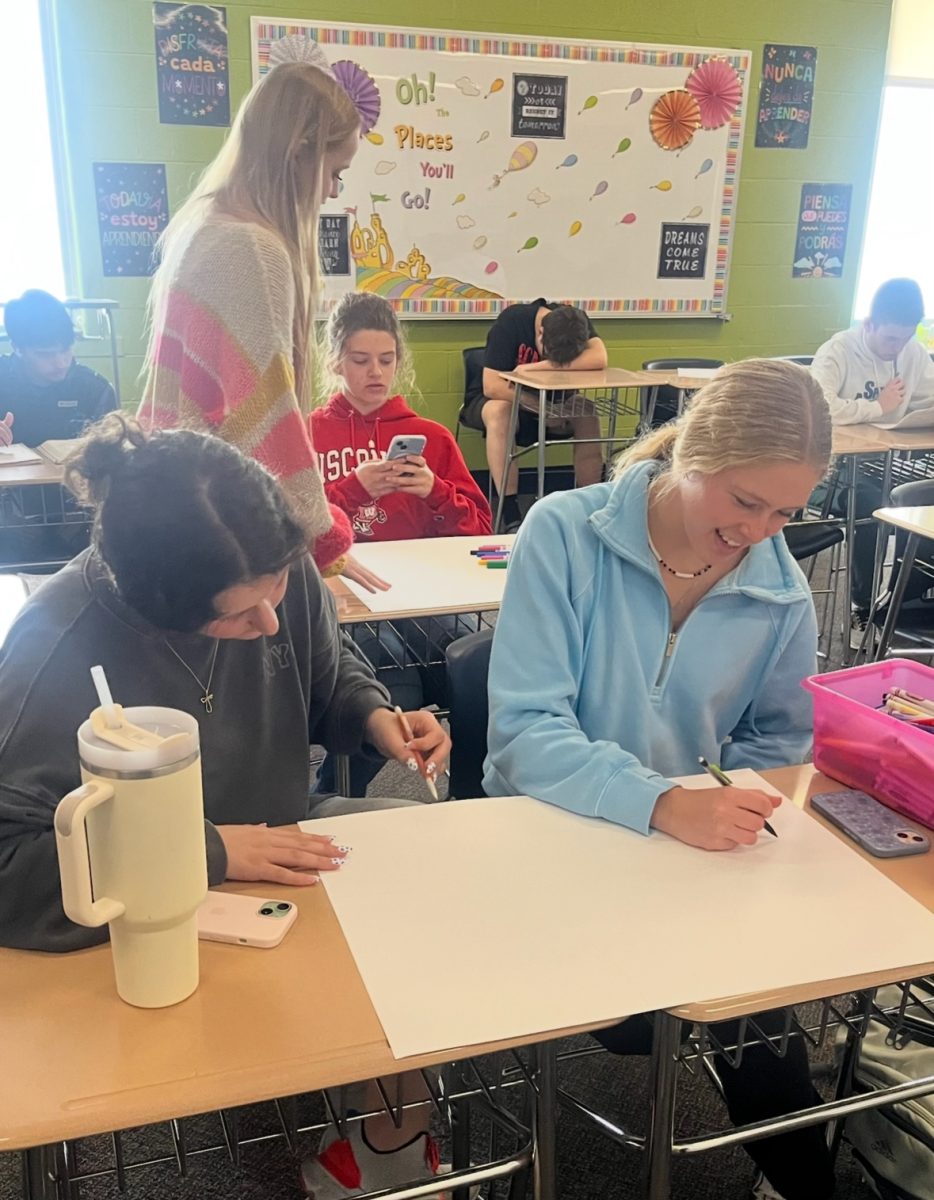Humanity is constantly pushing towards advancement and progress. The first ever picture of a black hole encapsulates this drive and has significant implications in both the science world and the PV school community.
Those who have seen the picture might describe it as a hazy smudge of orange and black. “The picture itself is kind of underwhelming if you don’t know what you’re looking at,” Ian Spangenberg, a physics teacher and the Astronomy Club advisor, said.
This situation is similar to the first picture of Pluto. It appeared to be a blurry, misshapen blob, but since then, scientists have been able to develop a clearer picture. Now that technology has advanced, there are incredibly detailed photos of Pluto that show all of its colors and irregularities.
While the work that went into the first picture of a black hole was exceptionally complicated, Spangenberg presented a simple, pared down version of the science behind the photo. The first consideration is the size of the telescope. The black hole is too far away to be seen with any preexisting apparatus. Scientists knew they had to create a massive telescope; the only problem was how.
Since one single device would not be able to see the hole, scientists came up with a plan to use a series of telescopes arranged in a spread out circle. The physical surface area coverage does not matter–only the total span between each telescope. The massive “size” of the final telescope comes from the distance between each of the smaller telescopes.
To take the picture, physicists used the Event Horizon telescope; in its totality, it spanned across one hemisphere of the Earth. Each smaller component telescope took a picture of its view at the same time. Then, computer programmers created software that would combine all of the images. The scientist who led the creation of this algorithm was a brilliant 29-year-old woman: Katie Bouman.
The involvement of a young person in this scientific advancement made an impact on Grace Welveart, a member of the Astronomy Club. “It’s inspiring that students now have more public figures in STEM and specifically astronomy to look up to,” she said. The astronomy club used this opportunity to discuss the many aspects of the black hole picture.
“Event horizon” is both the name of the telescope and a scientific term for the first moment that light would not be able to escape the gravitational pull of the black hole. The gravitational force from the center of the black hole is incredibly strong; it is so strong even light is not able to travel away from it. This explains why there is so much black space in the photo even though the hole itself is only a small area.
The gravitational force from the black hole bends the space-time around it which bends the path of anything that comes too close. Any light that passes near the black hole without actually getting pulled in will be deviated from its original trajectory.
The curvature of space-time also affects the photo itself. Instead of just a straight on view of the black hole, the telescope captured light that was bent from the sides and back of the hole. The viewer sees every angle of the black hole in one instant, which adds to the curiosity of the picture.
To explain even more of the intricacies in this photo, the red, orange, and white sections of the picture depict accretion. Accretion describes the materials like gas and dust that are caught in a kind of orbit around the black hole, which is again due to the gravitational force.
While this picture has a lot of scientific complexity already, it also represents a greater concept: Einstein’s theory of general relativity. This theory is difficult to physically prove because it requires high-speed objects or massive amounts of gravity. The black hole’s amount of gravity makes it fit one of these criteria.
Spangenberg explained another reason why the picture of the black hole holds importance. “This work is special because it’s hard to get funding to do this; there is no practical outcome from taking this picture,” Spangenberg said. The rareness of the experience made it a stimulating topic for Spangenberg and the Astronomy Club members.
The study of science is an exercise of curiosity. “There are lots of unanswered questions about the universe,” Spangenberg said. “If you are interested in searching for answers or even knowing what the questions are, that’s what science is all about.” The picture of the black hole has significant meaning for the scientific community, inspires high school students to continue their studies, and encapsulates the human search for knowledge and exploration.









